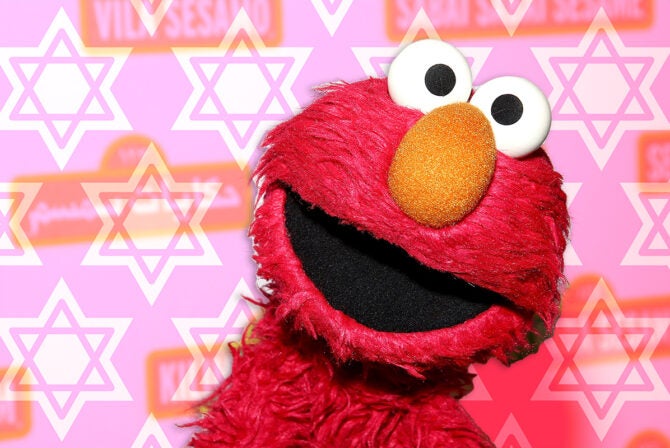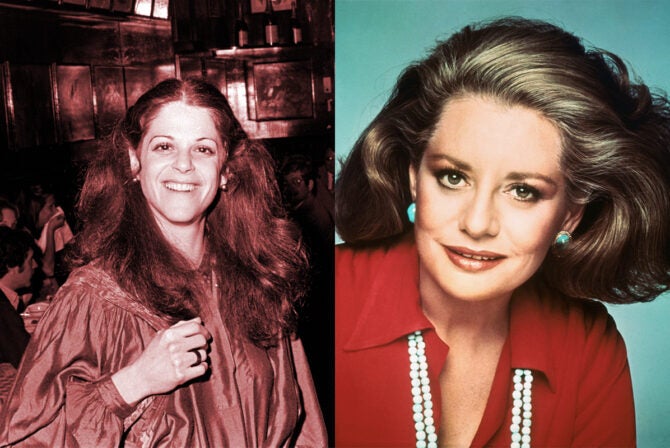As we speak, folks in Washington are quibbling over what to feed your kids.
Each day, schools dish out 30 million school lunches that are substidized by tax payers. A revealing feature in The New York Times today offers a fascinating glimpse into the history of school lunches in the United States, and how getting healthier food in cafeterias has become “a political battleground.”
You can read the article in its entirety here, but here are the most interesting takeaways, in case you’re short on time.
1. School lunches are political.
In 2010, Michelle Obama launched her “Let’s Move” campaign and the Obama administration backed the Healthy, Hunger-Free Kids Act, “an ambitious bill that would impose strict new nutrition standards on all food sold in public schools.”
The goal was to get kids to eat more vegetables and whole grains in order to reduce obesity and help kids focus better in school. Seems reasonable, right? But in order to pass the bill, the White House needed the support of not only Democrats and Republicans in Congress, but also the manufacturers who supplied food to schools, the nutrition experts who were concerned with health, and the lunch ladies who would have to get the children to eat it.
2. School lunch is a national security issue.
Ever since the Cold War, legislators have been invoking America’s military interests to advocate for free school lunches:
In the spring of 1945, at the dawn of the Cold War, Gen. Lewis B. Hershey, a former school principal who joined the armed forces before World War I, went in front of the House Agriculture Committee to deliver a stern warning. Hershey headed the Selective Service System — the draft — and he told the lawmakers that as many as 40 percent of rejected draftees had been turned away owing to poor diets. “Whether we are going to have war or not, I do think that we have got to have health if we are going to survive,” he testified.
Ironically, the school lunch program eventually became too successful at keeping America’s children fed. By 2009, the Department of Defense reported that more recruits were being turned away for obesity than for any other reason.
3. Lunch ladies are a major political player.
Formally called the “School Nutrition Association,” the folks who serve school lunch have a lot of political influence. They are, after all, the one’s who are charged with getting kids to eat what is served.
Initially they were on board with the White House’s school lunch reform bill, but today they have become the Healthy, Hunger-Free Kids Act’s most vocal critics, stating it is too restrictive and besides, the kids are just not that into it.
4. Ketchup was once considered a vegetable.
Enter the 1980s, the era of trickle down economics and Ronald Reagan. Reagan made deep cuts and loosened dietary requirements, arguing that the government shouldn’t subsidize meals for children who could afford them. Under new requirements, some condiments could be considered vegetables–including ketchup.
5. Some cafeterias serve actual fast food.
While the condiment rule didn’t last long, it was a catalyst for major change in the type of food served in school cafeterias. Schools began to seek cheaply manufactured food, school lunches became increasingly processed, and some districts even struck deals with fast food franchises like McDonald’s and Chick-fil-A to outsource their meals.
6. There is a starchy food lobby.
And they are pretty touchy. In the 2012 bill, lunches were required to offer twice as many fruits and vegetables, and fewer “starchy vegetables”–AKA French fries.
Some choice words were exchanged.
Kraig R. Naasz, the head of the American Frozen Food Institute, said, “We didn’t find favor with efforts to paint certain vegetables as, for unspecified reasons, less healthy than other vegetables.”
Senator Susan Collins of Maine, the country’s largest producers of potatoes marched into a senate hearing holding a potato in one hand and a head of iceberg lettuce in the other, stating, “My question, Mr. Secretary, is: What does the department have against potatoes?”
6. Pizza is a vegetable.
Well, sort of. Pizza is hands-down the most popular food sold in public schools. For years, companies marketed pizza as a well-rounded diet, including grains, dairy, and a whole serving of vegetables. The way they pulled it off is by arguing that two tablespoons of tomato sauce required eight tablespoons of tomatoes to make, so therefore was equivalent to eight tablespoons of tomatoes.
7. There is a pizza lobby.
It goes by the name of Schwan Food Company, a massive frozen-food manufacturer based in Minnesota, which makes around $3 billion in sales annually. Around 70 percent of pizza sold in schools is manufactured by Schwan.
When Schwan defended pizza as a healthy menu item, especially when made with whole grains and low fat cheese, they won.
8. Students protest shrinking portions.
The Obama administration’s new regulations limit caloric count for school lunches and require more vegetables per meal. But when the rules were fully implemented in July 2012, high school students from Kansas to New Jersey began to complain, posting pictures of pitiful meals on social media (hashtags #ThanksMichelleObama and #BrownBagginIt), and went on strike, refusing to eat the school food they claimed was tasteless.
Then came this viral video:
9. Pizza wins.
The final paragraph of the NYT piece is telling of the “big changes” in store for your kid’s school lunches:
As for what sits atop the school-food pyramid, there can be little doubt. At the [Student Nutrition Association] convention in Boston, a warm, welcoming aroma hung over the convention floor, and after wandering around for a bit, I realized it was the smell of pizza — innumerable brands and styles, on offer around nearly every corner.
Some things will never change.
Like this post? Get the best of Kveller delivered straight to your inbox.







